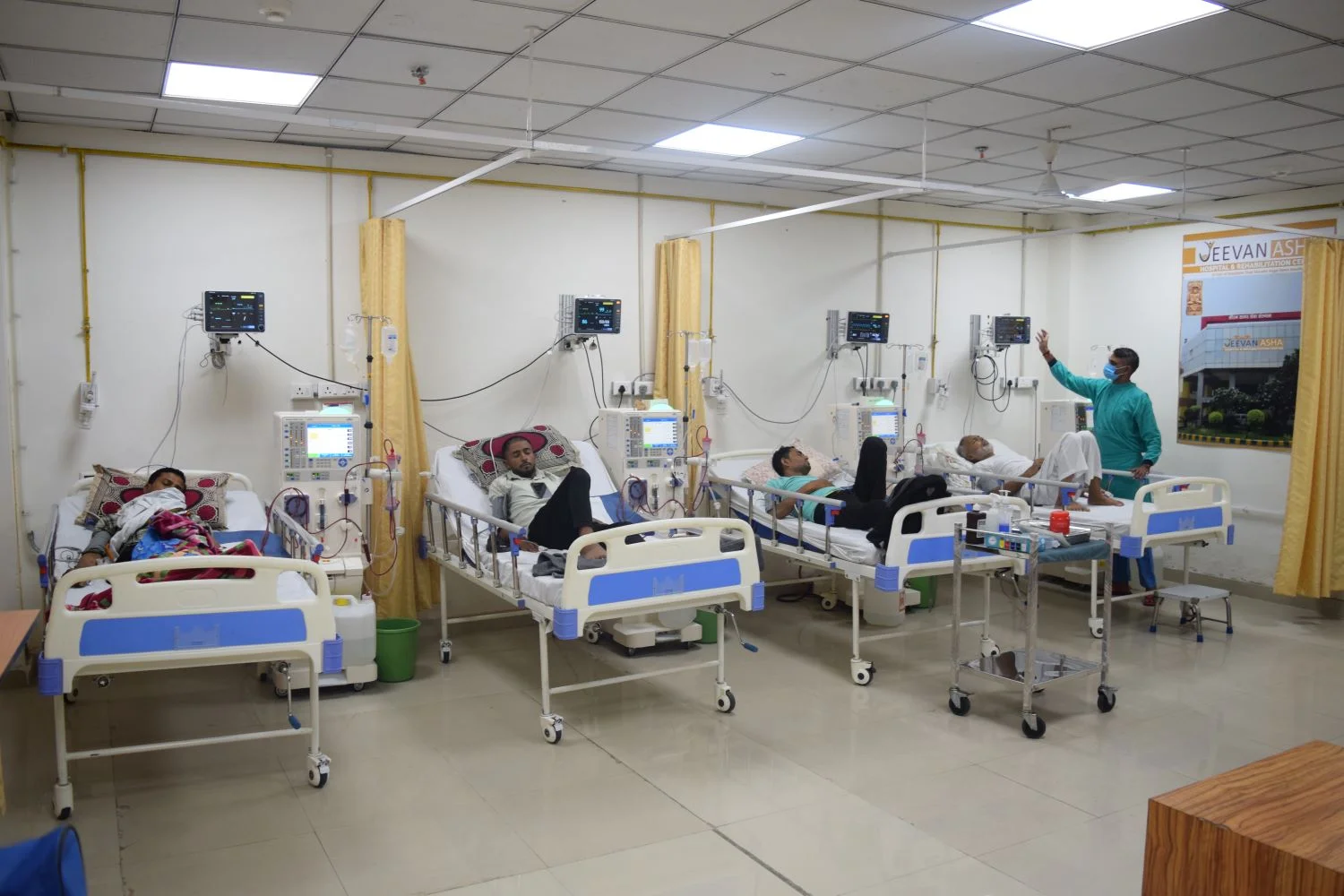Dialysis in Nephrology
Nephrology is the art and science of treating kidney diseases. Kidney diseases are being detected at a faster rate than before in the general population, in part because of improving diagnostic technology and in part because of our worsening lifestyle choices. Kidney diseases are also a special case because a majority (almost 90%) of patients are unaware of the disease until the disease has progressed to later stages. CKD or chronic kidney disease is the major culprit but other kidney diseases like glomerulonephritis, interstitial nephritis, renovascular disease etc are also being detected at a faster rate. Likewise, the treatment of these diseases has also improved in the last few decades. Apart from medical treatment, which is the backbone of the disease management, we now have an array of mechanical devices at our disposal, most popular amongst those being Hemodialysis apparatus. Overall the quality of life and the number of years added to the patient's life have improved in the past decades.

Dialysis is a medical treatment used in the following situations:
- Acute kidney failure
- Chronic kidney failure
- To remove drugs or poisons from the body
Hemodialysis is a treatment that filters blood to remove waste products, excess fluid, and toxins. It helps control metabolic balance by:
- Controlling blood pressure
- Removing excess water and metabolic wastes from the body
- Preventing hazardous levels of chemicals such as potassium, bicarbonate, and sodium
Dialysis is required when a person suffers from critical kidney disorders, significant kidney damage, or severe renal failure. It is typically necessary when the kidneys lose 90% of their efficiency, with a glomerular filtration rate (GFR) of less than 15. This treatment may continue for months or years, as most kidney failures are irreversible.
Types of Kidney Disease Stages:
- Stage 1: Early stage, treatment may not be necessary yet.
- Stage 2: Mild damage, monitoring and treatment are recommended.
- Stage 3: Moderate damage, preparation for potential dialysis.
- Stage 4: Severe damage, dialysis may be needed.
- Stage 5: End-stage renal disease (ESRD), GFR less than 15; dialysis is required, typically three times a week.
Types of Hemodialysis Access:
Temporary Access (Used for short-term treatment)
- Femoral catheter (venous access in the groin)
- Internal jugular vein (IJV) catheter
Permanent Access (Preferred for long-term treatment)
- Arteriovenous (AV) graft
- Arteriovenous (AV) fistula: Considered the best access for world-class hemodialysis treatment
